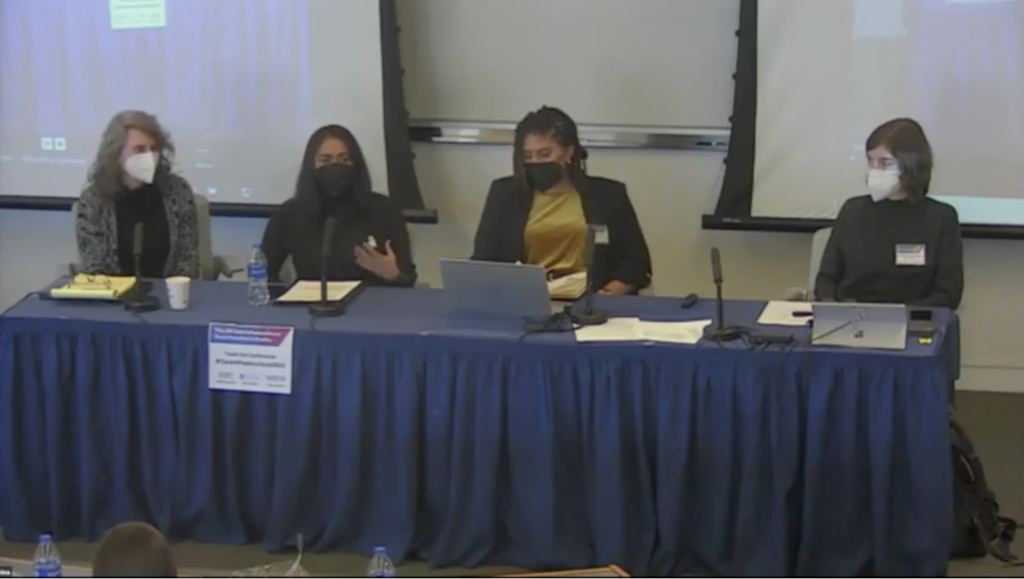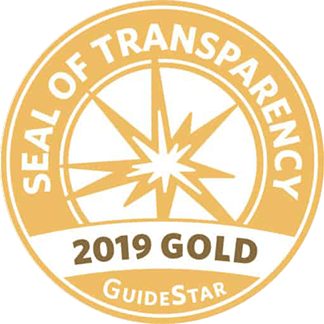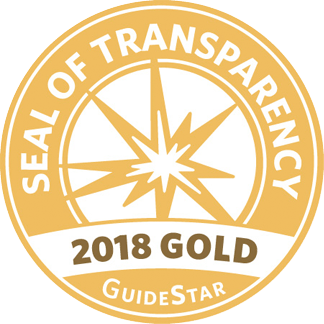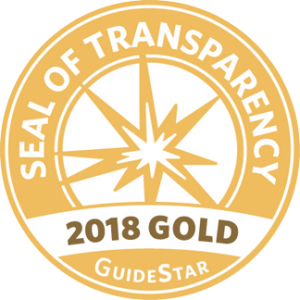We’re proud to have recently joined the Institute for Women’s Policy Research, the American University Program on Gender Analysis in Economics, and the Carework Network for a panel as part of their conference, U.S. Care Infrastructure: From Promise to Reality. A Better Balance Staff Attorney Cassandra Gomez spoke on a panel titled “Ensuring Racial Equity in Paid Family and Medical Leave” alongside Carol Joyner (Family Values @ Work & Labor Project for Working Families), Councilmember Elissa Silverman (D.C. City Council), Kristin Smith (Dartmouth College), and moderated by Raven Dorsey (Paid Leave for All).
The panel explored paid leave’s interconnectedness with racial equity when it comes to health disparities such as the Black maternal mortality rate, the racialized history of caregiving in this country, and economic inequality as we seek to understand how race and structural racism affect access to and need for permanent paid leave protections. A Better Balance highlighted how a number of key policy and administrative components can ensure that paid leave laws are racially equitable, including:
- Job Protection. Job protection allows workers to take time off from work when they need it and know that they have a job to come back to upon returning from leave. This is especially important to workers of color, who are less likely to use paid leave if they are not guaranteed to have their jobs when they’re ready to go back to work.
- Inclusive Family Definition. Every paid family and medical leave law specifies the family members for whom workers can take leave to care for when they’re seriously ill, and an inclusive family definition allows workers to care for all of their closest loved ones, regardless of legal or biological relationship. This is particularly important for workers of color and LGBTQ workers because they are more likely to live in multigenerational households or with extended family, or to otherwise have families that don’t fit into the “nuclear” mold.
- Universal Coverage. The most equitable paid leave laws cover all workers. In particular, racially equitable paid family and medical leave laws cover public sector workers, seasonal workers, and domestic workers, fields where people of color, particularly women and immigrants, are overrepresented.
- Progressive Wage Replacement Rate. Laws like the FMLA, which provide for unpaid leave, can be very inaccessible for workers of color because Black, Latinx, and Native American workers are less likely to be able to afford unpaid leave than white workers. Wage replacement rate is the percentage of their income that workers receive while on leave. The most equitable model is what’s called a “progressive wage replacement rate,” where lower-income workers (who, in the U.S., are disproportionately Black and Latinx) receive a higher percentage of their incomes.
- Robust Enforcement and Public Education. Once you have a paid leave law on the books, it’s crucial, particularly for workers of color and other historically marginalized workers to get the word out and engage in a robust public education effort. Workers need to know about their rights to use them. There must also be robust enforcement to hold employers accountable and ensure that workers can actually access their paid leave.
- Language Access. All educational materials about paid leave laws (including the website, phone services, etc.) should be thought through to ensure that workers can understand their rights, and should be available in a number of languages other than English. This is especially important for immigrant workers and non-native English speakers.
- Thorough Agency Reporting. This is critical once a program is up and running because it helps show whether a paid leave program is being equitably implemented and can be a powerful way to hold the program accountable.
To learn more about this important conversation, view the recording of the panel here. See our resources on paid family and medical leave for more information here.








